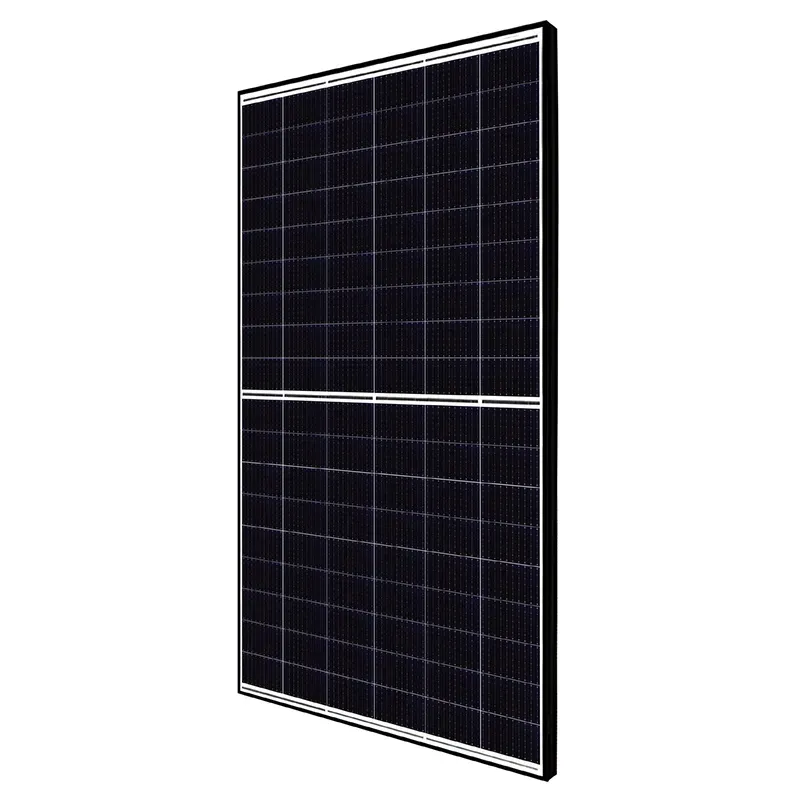what does a solar inverter do
What Does a Solar Inverter Do?
As the world increasingly turns to renewable energy sources, solar power has emerged as one of the most popular and effective ways to harness energy from the sun. At the heart of every solar power system is a component known as a solar inverter. Understanding the role of this crucial piece of equipment is essential for anyone considering solar energy for their home or business.
The Basic Function
A solar inverter is an electrical device that converts the direct current (DC) electricity generated by solar panels into alternating current (AC) electricity. Most household appliances run on AC power, so the inverter acts as a bridge between the solar panels and the electrical system of a home or business. Without an inverter, the energy produced by solar panels would be unusable for conventional applications.
Types of Solar Inverters
There are several types of solar inverters available in the market, each catering to different needs and system designs.
1. String Inverters These are the most common type and are used in residential solar setups. Multiple solar panels are connected in series (like a string), and the inverter converts the combined output of the panels into AC electricity. While string inverters are cost-effective, their performance can be impacted by shading or the performance of the weakest panel in the string.
2. Microinverters Unlike string inverters, microinverters are installed on each solar panel individually. This setup allows for greater efficiency, as each panel operates independently. If one panel is shaded or underperforming, the other panels can continue to function optimally. This type of inverter can be more expensive but is favored for installations where shading is a concern.
what does a solar inverter do

3. Power Optimizers These devices work in conjunction with string inverters. They are attached to individual solar panels to optimize their output before sending the combined energy to the inverter. Power optimizers help mitigate the issues caused by shading and can enhance the overall performance of a solar system.
4. Hybrid Inverters Hybrid inverters can manage both solar energy and energy storage systems, such as batteries. This capability allows homeowners to store excess solar energy for use during nighttime or cloudy days, providing greater energy independence.
Additional Functions of Solar Inverters
Besides converting DC to AC power, solar inverters come with a range of additional features that enhance their functionality. Most modern solar inverters are equipped with monitoring systems that provide real-time data about energy production and system performance. This information can be accessed via mobile apps or web platforms, allowing users to track their energy usage and system health.
Moreover, inverters also perform critical safety functions. They can detect faults and ensure that the solar system shuts down in the event of a grid failure, which is essential for protecting utility workers during repairs.
Conclusion
In summary, a solar inverter plays a vital role in any solar power system by converting the DC electricity produced by solar panels into usable AC electricity. With various types available, solar inverters not only enhance energy efficiency but also contribute to the safety and monitoring of solar energy systems. As solar technology continues to advance, inverters will remain essential in making solar energy a practical and sustainable option for homeowners and businesses alike.
-
Unlocking Energy Freedom with the Off Grid Solar InverterNewsJun.06,2025
-
Unlock More Solar Power with a High-Efficiency Bifacial Solar PanelNewsJun.06,2025
-
Power Your Future with High-Efficiency Monocrystalline Solar PanelsNewsJun.06,2025
-
Next-Gen Solar Power Starts with Micro Solar InvertersNewsJun.06,2025
-
Harnessing Peak Efficiency with the On Grid Solar InverterNewsJun.06,2025
-
Discover Unmatched Efficiency with the Latest String Solar InverterNewsJun.06,2025







